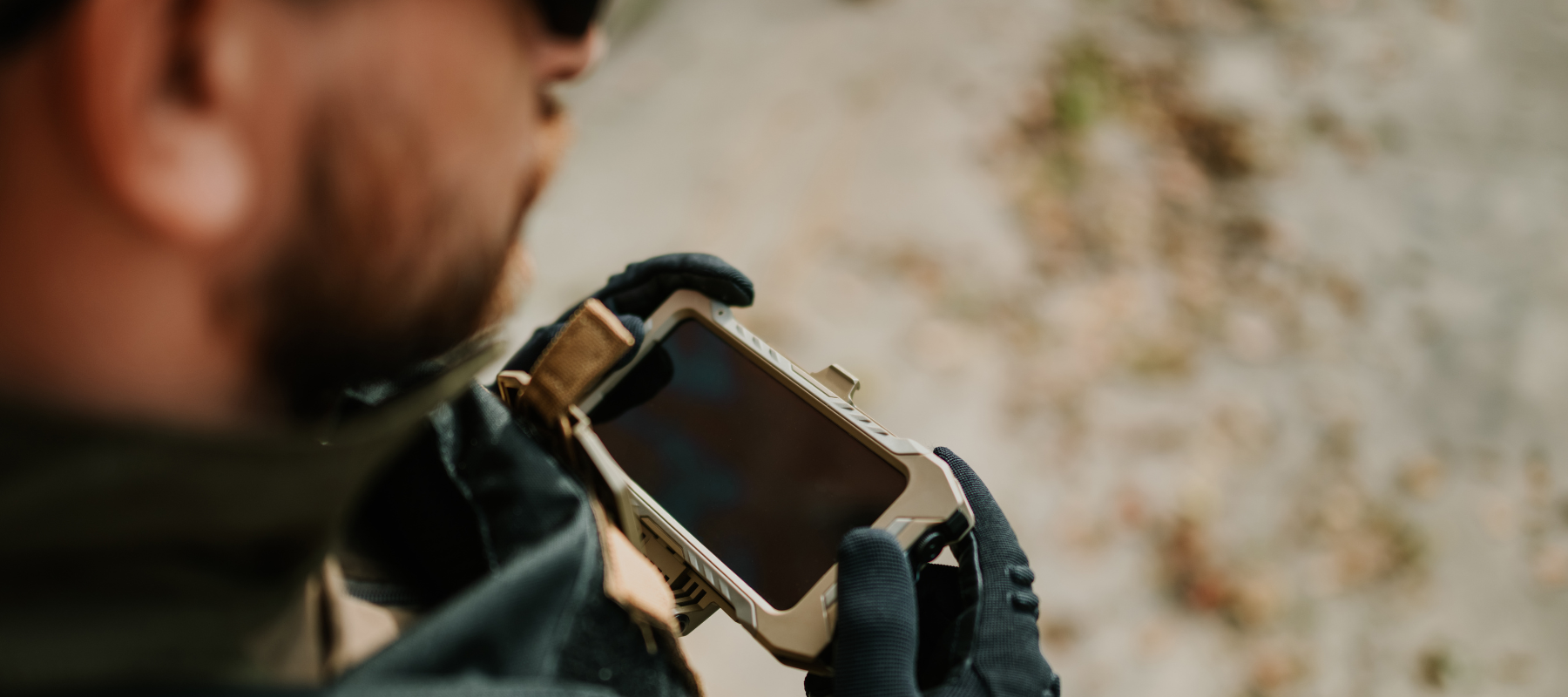In the demanding world of military and defense electronics, failure is not an option. Electronic components must perform flawlessly in extreme environments, from scorching deserts to arctic conditions, and withstand exposure to harsh chemicals, moisture, and mechanical stress. While traditional liquid conformal coatings have been widely used for circuit board protection, parylene coating has emerged as the superior solution for mission-critical military applications.
The Fundamental Difference
At Advanced Coating, we've spent decades perfecting Parylene coating technology. The key distinction lies in the application process: liquid conformal coatings are applied as wet substances that must cure, while parylene is deposited as a vapor in a vacuum chamber, polymerizing directly on the substrate surface at a molecular level.
This fundamental difference results in several critical advantages that make Parylene the preferred choice for military-grade protection:
Uniform Coverage and Penetration
In military applications, where component miniaturization is increasingly common, coating uniformity becomes paramount. Liquid conformal coatings, even when applied by skilled technicians, struggle to maintain consistent thickness around complex geometries. Surface tension can cause pooling in corners and uneven coverage on edges.
Parylene, deposited as a vapor, achieves uniform thickness even on the most intricate surfaces. The gaseous molecules penetrate deep into crevices and under components, providing complete protection without bridging or voids. This becomes particularly crucial for dense circuit boards in modern military communication systems and guidance equipment.
Superior Environmental Protection
Military hardware must function reliably in extreme conditions. Our extensive testing has shown that Parylene provides exceptional resistance to:
- Temperature extremes (-200°C to +200°C)
- Chemical exposure (including fuels, hydraulic fluids, and decontamination agents)
- Salt spray and moisture (crucial for marine applications)
- UV radiation
- Fungal growth
- Mechanical stress and vibration
While liquid conformal coatings can provide some protection, they often degrade more quickly under these harsh conditions. Parylene's molecular-level bonding creates an exceptionally stable protective layer that maintains its properties throughout the equipment's lifecycle.
Precision Thickness Control
Military specifications often require exact coating thicknesses for optimal performance. Parylene deposition allows for precise control down to the angstrom level, typically ranging from 0.1 to 50 microns. This level of precision is simply unattainable with liquid coatings, where thickness variations of 25-50% are common.
Zero Mechanical Stress
Military electronics often incorporate sensitive components that can be affected by the weight or mechanical stress of protective coatings. Liquid conformal coatings add measurable weight and can create stress points due to surface tension during curing. Parylene's vapor deposition process results in zero mechanical stress on components, making it ideal for delicate sensors, MEMS devices, and other precision military equipment.
Enhanced Dielectric Properties
Modern military systems operate at increasingly higher frequencies and voltages. Parylene offers superior dielectric properties compared to liquid coatings:
- Higher dielectric strength (5,000-7,000 V/mil)
- Lower dielectric constant (2.65-3.2)
- Excellent insulation resistance
These characteristics make parylene essential for high-frequency communication equipment and power electronics in military applications.
Long-Term Reliability
Military equipment often needs to remain in service for decades. Our accelerated aging tests have consistently shown that parylene maintains its protective properties significantly longer than liquid conformal coatings. This longevity translates to:
- Reduced maintenance requirements
- Lower lifecycle costs
- Higher mission readiness
- Improved reliability in the field
Cost Considerations
While the initial cost of Parylene coating may be higher than liquid alternatives, the total cost of ownership often favors Parylene when considering:
- Reduced rework requirements
- Lower failure rates
- Extended service life
- Minimal maintenance needs
- Decreased downtime
For military applications where failure costs can be catastrophic, the investment in superior protection pays significant dividends.
Compliance and Certification
Military electronics must meet stringent standards and certifications. Parylene coating complies with numerous military specifications, including:
- MIL-I-46058C
- IPC-CC-830
- NASA outgassing requirements
- Various military environmental testing standards
Our parylene coating processes are certified to meet these exacting requirements, ensuring that protected components perform reliably in mission-critical applications.
Looking Forward
As military electronics continue to evolve, becoming smaller, more complex, and more powerful, the advantages of Parylene coating become even more pronounced. The unmatched combination of protection, precision, and reliability makes parylene the clear choice for next-generation military hardware.
The choice between Parylene and liquid conformal coating in military applications isn't just about protection – it's about ensuring mission success and protecting the warfighter. When failure is not an option, Parylene coating stands alone as the superior solution for military-grade electronic protection.
At Advanced Coating, we continue to invest in research and development to push the boundaries of Parylene technology, ensuring that our military customers have access to the most advanced protection available for their critical electronic systems.


